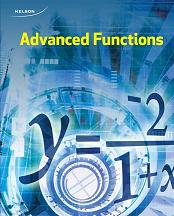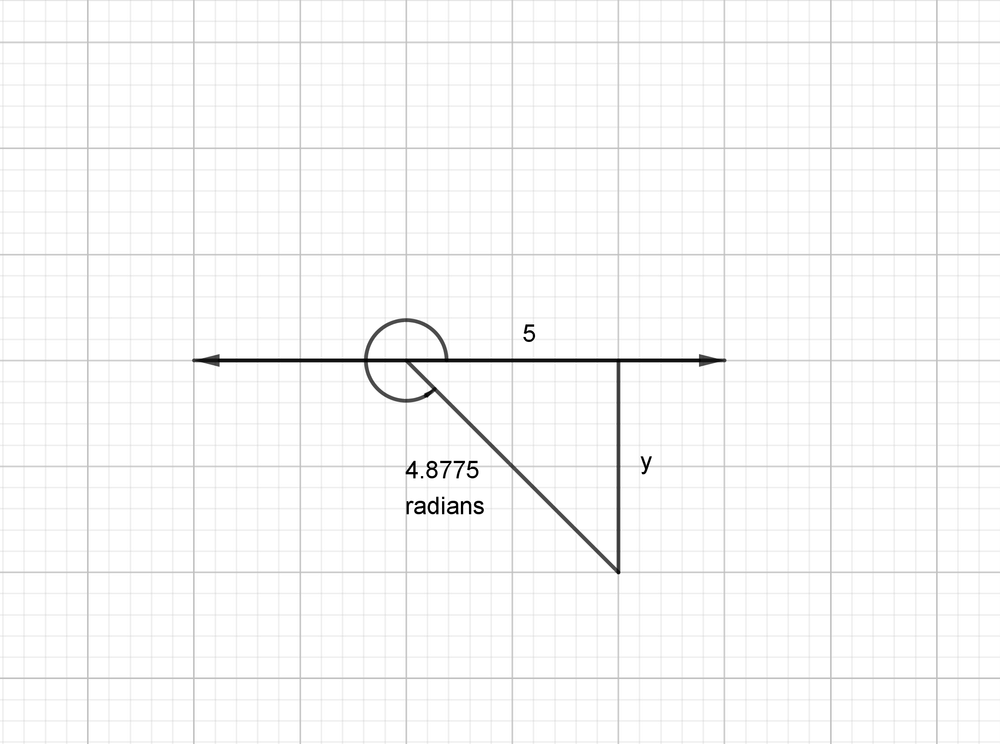
All Solutions
Page 378: Chapter Self-Test
$cos pi=-1$
$tan dfrac{7pi}{4}=-1$
$csc dfrac{3pi}{2}=-1$
$sec 2pi=1$
$cot dfrac{3pi}{4}=-1$
$sec$ $textbf{has a different value}$.
$y=-12 cos(dfrac{5}{3}(dfrac{5pi}{4}+dfrac{pi}{6}))+100$
$y=108.5$
$T(52)=-20cos (dfrac{2pi}{365}(52-10))+25$
$T(52)=10$
For $d=128$ (May 8),
$T(128)=-20cos (dfrac{2pi}{365}(128-10))+25$
$T(128)=33.9$
$textbf{average rate}$ = $dfrac{33.9-10}{128-52}=dfrac{23.9}{76}=0.31^circ C$ per day.
$dfrac{5 cancel{pi}}{8} cancel{radians} times (dfrac{180^circ}{cancel{pi radians}})=112.5^circ$
$dfrac{2pi}{3}$ radians;
$dfrac{2 cancel{pi}}{3} cancel{radians} times (dfrac{180^circ}{cancel{pi radians}})=120^circ$
$dfrac{3pi}{5}$ radians;
$dfrac{3 cancel{pi}}{5} cancel{radians} times (dfrac{180^circ}{cancel{pi radians}})=112.5^circ$
So, from smallest to largest, the angles are $dfrac{3pi}{5}$, $110^circ$, $dfrac{5pi}{8}$, $113^circ$ and $dfrac{2pi}{3}$.
$$sin left(alpha+frac{pi}{2}right)=cos (alpha).$$
We can of course read out $alpha = x + frac{pi}{8}$ as such we can get argument for sine as
$$alpha +frac{pi}{2}= x + frac{pi}{8}+frac{pi}{2} = x + frac{5pi}{8}$$
Thus the equivalent function is
$$y=sinleft(x+dfrac{5pi}{8} right).$$
$2pi-4.8755=1.4077$
$tan(1.4077)=dfrac{y}{5}$
$y=5tan(1.4077)$
$y=-30$

$$
-3cos(dfrac{pi}{12}x)+22
$$
#### (b)
For $t=0$ (sunrise)
$T(0)=-3cos(dfrac{pi}{12}0)+22$
$T(0)=19$.
For $t=6$:
$T(6)=-3cos(dfrac{pi}{12}6)+22$
$T(6)=22$
$textbf{average rate of change}$ = $dfrac{22-19}{6-0}=dfrac{3}{6}=0.5^circ C$ per hour.
#### (c)
$11 leq t leq 13$
For $t=11$ (5 p.m.)
$T(11)=-3cos(dfrac{pi}{12}11)+22$
$T(11)=24.9$
For $t=13$ (7 p.m.)
$T(13)=-3cos(dfrac{pi}{12}13)+22$
$T(13)=24.9$
$textbf{instaneous rate of change}$ = $dfrac{24.9-24.9}{13-11}=dfrac{0}{2}=0^circ C$ per hour.
Haven't found what you were looking for?
Search for samples, answers to your questions and flashcards

